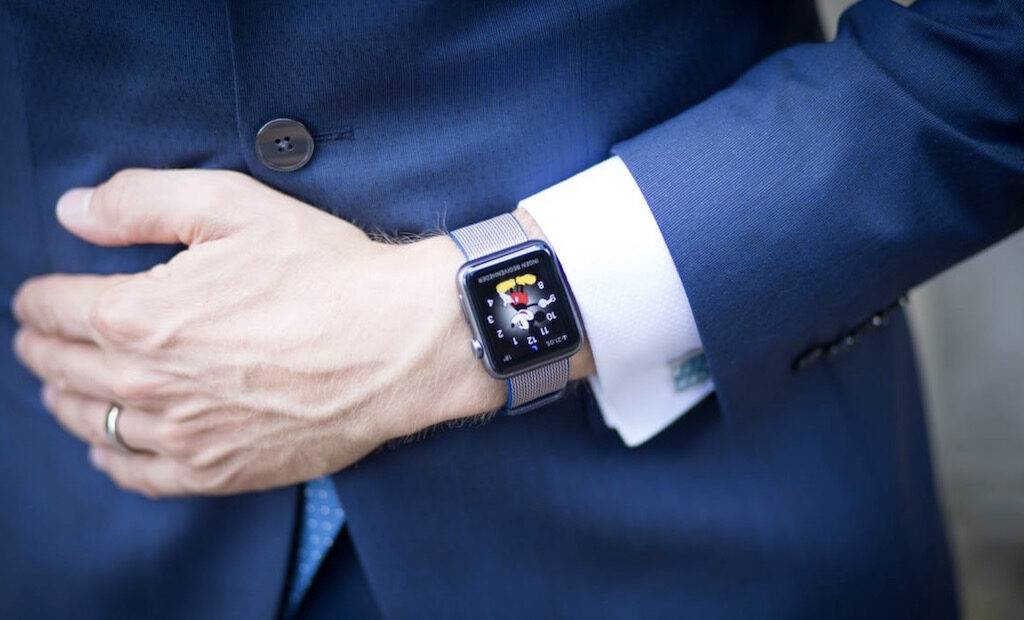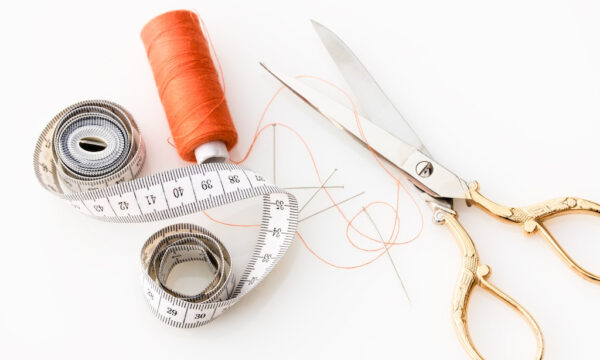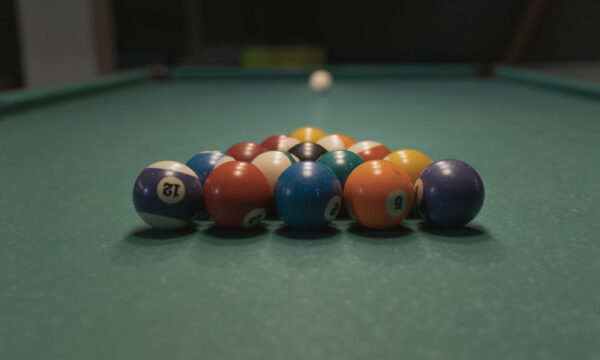Until 2020 happened, gadgets were leaving the scene

2020 made many people use gadgets, even if this was involuntarily.
There was supposed to be a drop in the use of gadgets. Smartwatches, tablets and smartphones brought the weaker devices around them to their knees, such that gaming devices, fitness trackers, navigation units, music players and cameras were relegated to the background. Despite the release of cloud-based products like Google’s Stadia gaming system, gadgets are still holding their own. Many people still play their favourite games on consoles and PC and Valve’s title from 2012 is still considered to be one of the best FPS games to this day.
The few tech products that really stood out despite the huge number of startups and the noise of crowd-funding sites were later commodified and their prices reduced drastically on Amazon.
The biggest stores that sold gadgets, including Best Buy, Radio Shack and Circuit City went out of business and were turned into glum warehouses without any fun products.
For up to 40 years that the world experienced recessions and wars, revolutions and stability, the gadgets never fizzled out. However, it’s believed that soon, people who are enthusiastic about them and those who consume them may be surprised to see them become rectangular.
However, it seems that the ultimate extinction for the gadgets has been lifted and that is because of the real trouble that befell the world in 2020. People’s plans were shattered for good seven months. Staying at home and devising new normal with the speed of light has turned sceptical consumers across the world into real gadget freaks, each getting hold of items with glaring nuances that reveals how strange and dark this year has been. The most purchased among them include noise cancelling headphones, home networking equipment, miniature freezers, ring lights, pre ordered PlayStation 5, schooling laptops, bare minimum tablets, infrared thermometers, HEPA air filters, the iPhone 12 and pulse oximeters.
When considering the essential elements of these gadgets, some items that are more 2002 than 2020. Who really shops for webcams anymore? How effective is the new inkjet printer? Yet there are some elements of 2200 in them all.
One of the details that amazes all about the boom in gadgets is that the seeming apocalypse of gadgets has been halted completely. The research and consultancy firm, Gartner, is of the opinion that there was a 205% drop in the sale of smartphones in the second quarter of the year when the world was busy grappling with the heat of the health crisis and the entire economies of the world were declining. New game consoles are on the way, but they are yet to be released. In the gaming industry, the breakout device was also the most gadgety of them all – the Nintendo Switch that is three years old.
Prior to 2020, there was a decline in the popularity of the big name consumer electronics. They were the most useful and vital ones, but they were bought and discarded routinely, as if they are not that essential. This attitude makes smartphones to be like cars, something that feels awkward in the first place, then it is everywhere and yet people want more of it. Eventually the hype around it dies and no one talks about it again, irrespective of the fact that it has changed the world around it with its value.
These days, people do not buy gadgets distinctly again, rather they buy them like infrastructures. The review sites where wireless headphones are compared by users for instance, recommend a few links where home blood oxygen monitoring equipment is sold. This language and style was created by an enthusiastic consumer culture which is now struggling to carry new needs.
The place you will experience full evidence of the disparate boom of the gadgets due to the health crisis is on Amazon, which has grown from the store for everything to a worldwide product distribution channel. The selection of featured prime day sales on Wednesday seems to be aware of the health crisis, with instant pot, noise cancelling headphones, cheap child proof tablets and other items that are needed for a long term home office making the waves.
The conventional Amazon brand which was seen as an enemy to gadgets in the past is now viewed as an accomplice. Firms that are not well known and who manufactured not well known products, brands that were designed to market Bluetooth speakers, cables and low margin batteries, have developed into small scale Amazon conglomerates. People from California that signed into their Amazon accounts in the first quarter of this year might have witnessed a properly reviewed option from TaoTronics, which was hitherto known for the lowest level of wireless earbuds a few years ago. Anker, which became popular by marketing portable batteries on Amazon have now added the sale of projectors on its product list, to help you open the much desired home cinema, as the local big screens are closed down for now for the good of all.
The health crisis gadget boom could be described as a story that fulfils new needs and restores old desires. It is a sort of consumerist treat to purchase noise cancelling headsets, especially when overlooking the new turn of events that necessitate them, including the spouse involved in a video meeting while the partner is at home, the baby that is crying some 20 feet away and the construction work that is going on downstairs.
The current gadget boom will fizzle like all the others before it, with a lot of obsolete gadgets that were used for just a little time and dumped in landfills and closets around the globe, but this won’t bring much nostalgia. This won’t be described as a slip into decadence or an emergency mass hobbyism. It could be explained as a sort of a beaten populace purchasing what they need with the hopes that the crisis will go away.
Gadgets that just left the scene were of different varieties and were brought under varying circumstances. Many people have always described gadgets consumption as a meeting point with the future. They are seen as objects on a shelf that helps you decide whether, when and how to get involved with what comes next. This has always seemed like a welcome illusion – one that cannot be sustained because of the pandemic.
In this unforgivable year, the luckier ones were spending even while the hard time lasted, believing that the next huge buy may be the solution to a new problem, which is only momentary, as inspired by clicking on “confirm” and the simple pleasure that comes from an acquisition. For others, the purchases were inspired by the simple desire to meet sudden demands or to just stay safe, irrespective of what it costs.
The health crisis gadgets never said that they are the next big thing. They never even claimed to be a route to the next big thing. The fact that they will become obsolete in the future is never hidden, because when they eventually turn obsolete, it will not seem like a punishment, but rather a relief.
The editorial unit

























Facebook
Twitter
Instagram
YouTube
RSS